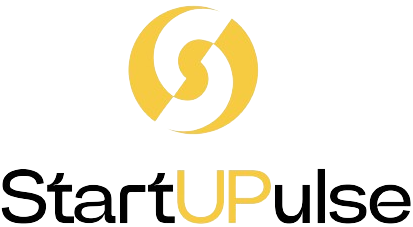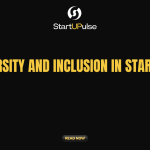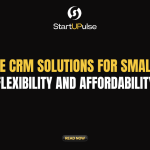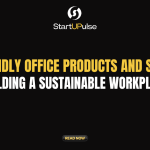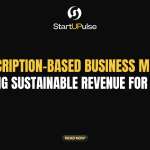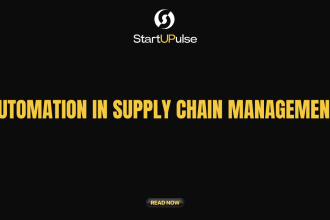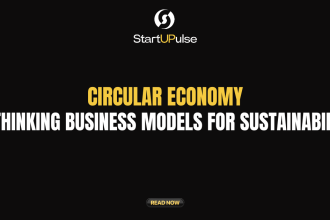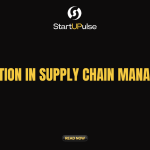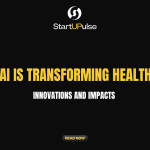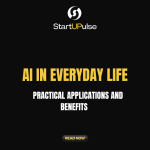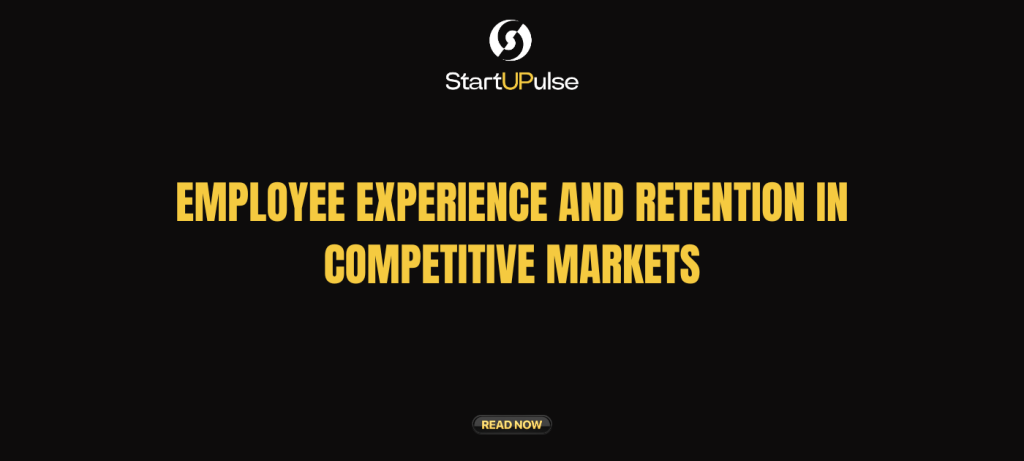
In today’s competitive job market, attracting and retaining top talent is increasingly challenging. With employees seeking more than just a paycheck, businesses are shifting their focus from purely transactional relationships to creating meaningful employee experiences that drive engagement, satisfaction, and long-term commitment. This blog explores how organizations can foster a positive employee experience to boost retention, meet the needs of a modern workforce, and remain competitive.
Understanding the Employee Experience
Employee experience encompasses all interactions that an employee has with an organization, from the recruitment process to daily interactions and career development opportunities. It includes factors like workplace culture, management style, access to resources, personal development, and work-life balance. When organizations prioritize employee experience, they build a foundation that promotes satisfaction, productivity, and loyalty.
The Importance of Employee Retention in Competitive Markets
Retaining skilled employees has become a priority for companies facing high turnover rates and a shortage of specialized skills. Employee turnover is costly—not just in terms of hiring and training expenses but also in lost productivity and decreased morale. In competitive markets, a strong retention strategy is essential to maintain operational stability, strengthen company culture, and keep the organization competitive.
Key Strategies for Enhancing Employee Experience and Retention
- Prioritize Work-Life BalanceIn the post-pandemic landscape, work-life balance has emerged as a top priority for employees. Flexible work arrangements, such as remote or hybrid options, allow employees to better balance professional responsibilities with personal life. Supporting work-life balance not only improves productivity but also fosters loyalty, as employees feel respected and trusted by their employer.
- Example: Salesforce introduced a “Work from Anywhere” policy, allowing employees the flexibility to work remotely or in-office based on their preferences, boosting retention and job satisfaction.
- Cultivate a Positive Workplace CultureWorkplace culture significantly impacts employee experience. A culture rooted in inclusivity, respect, and shared values makes employees feel connected and motivated. Building a positive culture starts with leadership—companies should prioritize transparent communication, celebrate achievements, and encourage collaboration. Regular feedback and recognition contribute to a sense of purpose and pride in one’s work.
- Example: Google’s open-door culture promotes transparency and encourages employees to share ideas, leading to innovation and a sense of ownership in the company’s success.
- Invest in Career Development and Growth OpportunitiesCareer advancement is a key driver for retention. Employees are more likely to stay if they see clear pathways for growth and skill development within the company. Offering mentorship programs, skill-building workshops, and cross-functional projects gives employees a sense of progression and investment in their careers.
- Example: Amazon offers programs like “Career Choice” that provide employees with access to training and development opportunities, even funding further education to advance their careers.
- Enhance Onboarding and Orientation ProgramsFirst impressions are vital; a positive onboarding experience sets the tone for the rest of an employee’s journey with a company. Structured onboarding programs help new hires feel welcomed, informed, and empowered to succeed. Organizations should focus on providing new employees with the resources they need, clear role expectations, and early access to team networks.
- Example: Microsoft’s onboarding program includes a “New Employee Orientation” that connects new hires with mentors, providing them with a structured roadmap and fostering a sense of belonging from day one.
- Provide Competitive Compensation and BenefitsIn competitive markets, competitive compensation packages are essential to attract and retain talent. However, compensation goes beyond salary—it includes benefits such as healthcare, retirement plans, wellness programs, and performance-based bonuses. Offering flexible benefits that cater to different employee needs can make a significant difference in retention.
- Example: Adobe provides a comprehensive benefits package that includes parental leave, wellness reimbursements, and financial planning resources, making it a desirable workplace for diverse talent.
- Support Mental Health and WellnessA growing emphasis on mental health has led companies to incorporate wellness initiatives into their employee experience strategies. Providing mental health support, such as access to counselors or mental health days, helps employees feel valued and supported. Wellness programs focused on physical, emotional, and financial health contribute to a balanced, stress-free work environment.
- Example: Starbucks offers free therapy sessions for employees, recognizing that mental health is essential for overall productivity and employee retention.
- Leverage Employee Feedback to Drive ChangeRegular feedback loops allow companies to understand employee satisfaction and identify areas for improvement. Implementing employee feedback systems, like engagement surveys or feedback platforms, empowers employees to voice their opinions and feel heard. Using this feedback to drive actionable changes demonstrates that the organization values its workforce and is committed to continuous improvement.
- Example: Airbnb conducts employee surveys and leverages the insights to shape policies and benefits, enhancing employee experience and aligning with evolving workforce expectations.
Technology’s Role in Improving Employee Experience
With the rise of digital tools, technology is playing an essential role in shaping employee experience. From collaboration tools and employee wellness apps to AI-driven performance tracking systems, technology provides ways to streamline workflows, foster engagement, and address employee needs. Platforms that facilitate virtual communication, remote team-building, and ongoing learning are particularly valuable in today’s hybrid work environments.
Measuring Success: Key Metrics for Employee Experience and Retention
To evaluate the effectiveness of employee experience initiatives, companies can track several key metrics:
- Employee Engagement Scores: Surveys measuring engagement levels provide insight into how connected employees feel with their work.
- Turnover Rates: Monitoring turnover rates helps assess whether employee experience strategies effectively encourage retention.
- Absenteeism Rates: High absenteeism can indicate dissatisfaction or burnout, signaling the need for intervention.
- Internal Promotions: Tracking internal promotions helps measure career growth opportunities within the organization.
- Employee Net Promoter Score (eNPS): The eNPS indicates employees’ likelihood of recommending their company as a great place to work.
By tracking these metrics, companies can understand the impact of their strategies and make data-driven adjustments to better support their workforce.
Conclusion
In competitive markets, businesses that prioritize employee experience and retention gain a significant advantage. By fostering a supportive, growth-oriented workplace, companies can attract top talent, increase productivity, and drive long-term success. Ultimately, investing in the well-being and satisfaction of employees is an investment in the future of the organization.
At StartUPulse, we support organizations in building employee-centric workplaces that foster innovation, engagement, and productivity. Our community connects leaders and entrepreneurs who are passionate about creating positive work environments, offering resources and networking opportunities to help businesses thrive. Join StartUPulse to access insights and strategies for enhancing employee experience and driving retention in today’s competitive market.
